

|
Vilma Oil Med expands Ceuta bunkering operations with biofuel capability
TFG Marine subsidiary increases storage to 120,000 cbm and adds IMO II chemical tanker. |
|
|
|
||

|
Acta Marine takes delivery of methanol-ready offshore wind vessel Acta Pegasus
Vessel features dual-fuel engines and battery storage for French offshore wind operations. |
|
|
|
||

|
IBIA opens voting for board elections with 11 candidates competing for four positions
Members have until 5 February to vote, with results to be announced at AGM. |
|
|
|
||

|
Rotterdam Shore Power selects ABB for world's largest shore power project
ABB to engineer shore power systems with over 100MVA capacity at Europe's largest port. |
|
|
|
||
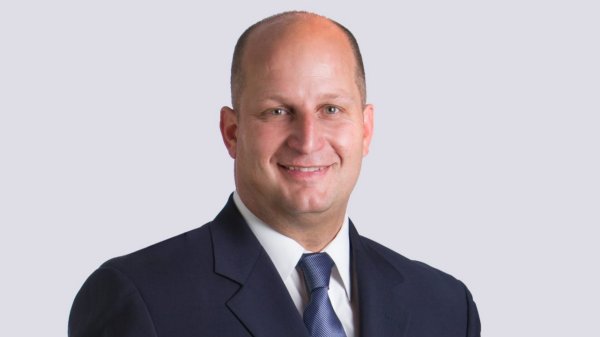
|
Michael Cammarata appointed managing director of Glander International Bunkering's Florida office
Cammarata succeeds Larry Messina, who will step down after 34 years in the role. |
|
|
|
||
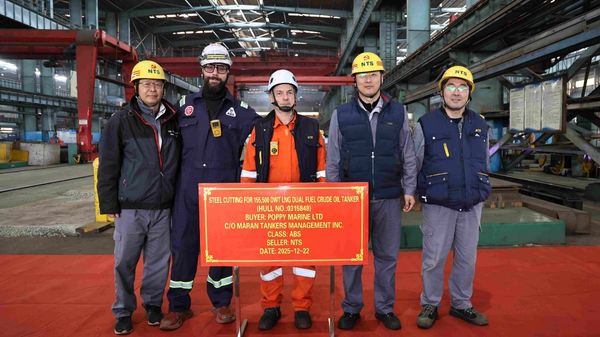
|
Steel cutting begins on LNG dual-fuel Aframax tanker
Chinese yard cuts steel for 155,500-dwt crude carrier. |
|
|
|
||
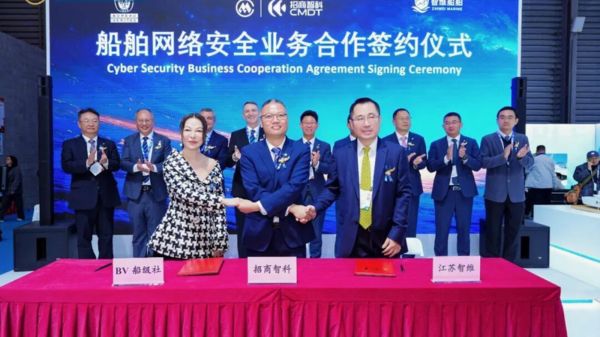
|
Bureau Veritas and CMHI sign agreements to advance green and smart shipping solutions
Classification society and Chinese shipbuilder strengthen partnership with cybersecurity and alternative fuel certifications. |
|
|
|
||
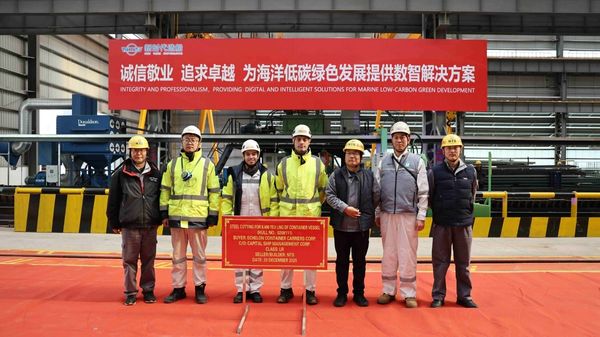
|
Steel cutting begins on 8,400-teu LNG dual-fuel container vessel
Chinese yard commences construction on LNG-powered container ship with Lloyd's Register oversight. |
|
|
|
||
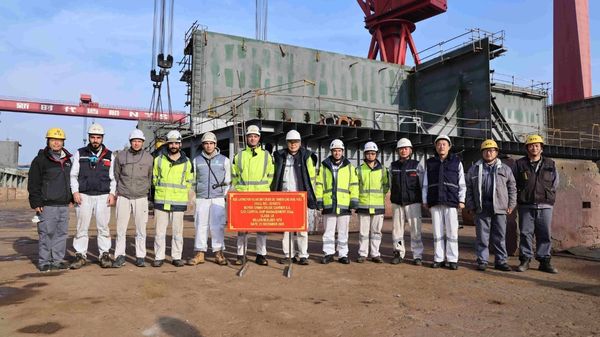
|
Keel laid for LNG dual-fuel crude oil tanker in China
Ceremony held on 23 December for LNG-capable tanker under Lloyd’s Register class. |
|
|
|
||
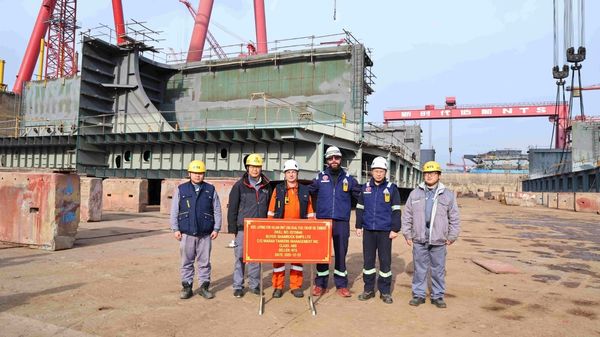
|
Keel laid for 155,500-dwt LNG dual-fuel crude oil tanker
Chinese shipyard begins construction on Suezmax tanker, with Maran and ABS staff in attendance. |
|
|
|
||
| Total and Pavilion Energy ink LNG bunkering accord for Singapore [News & Insights] |
| New president for Singapore's second-biggest bunker supplier [News & Insights] |
| VPS issues third low flash point fuel alert in Singapore [News & Insights] |
| FueLNG and Pavilion Gas awarded S$6m to build LNG bunker vessels [News & Insights] |